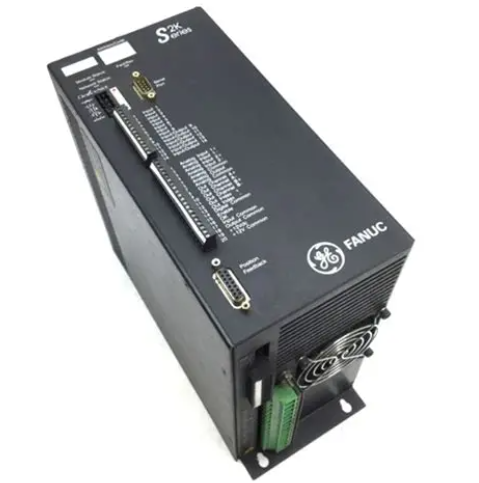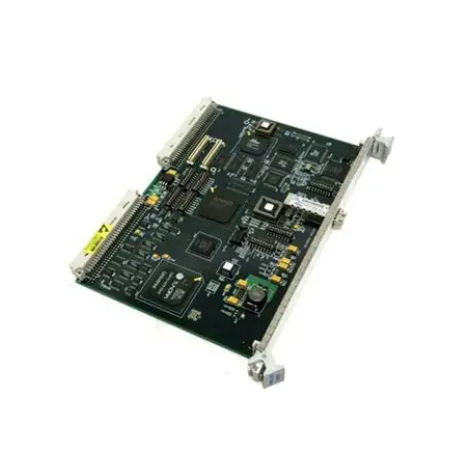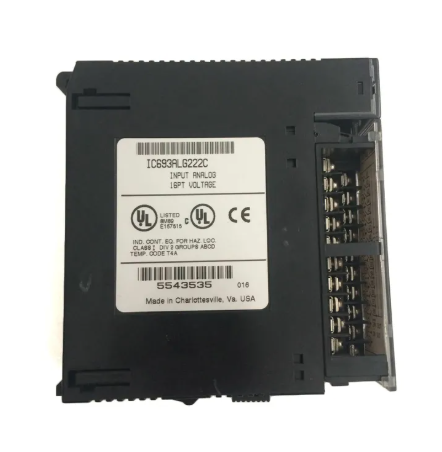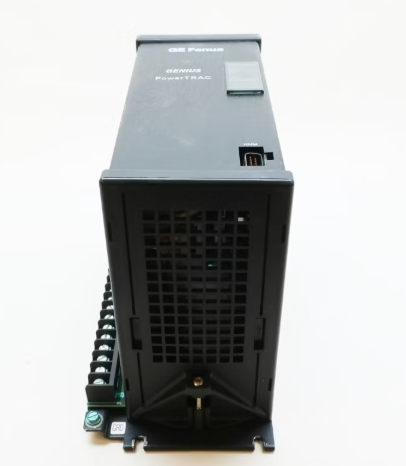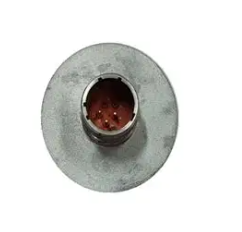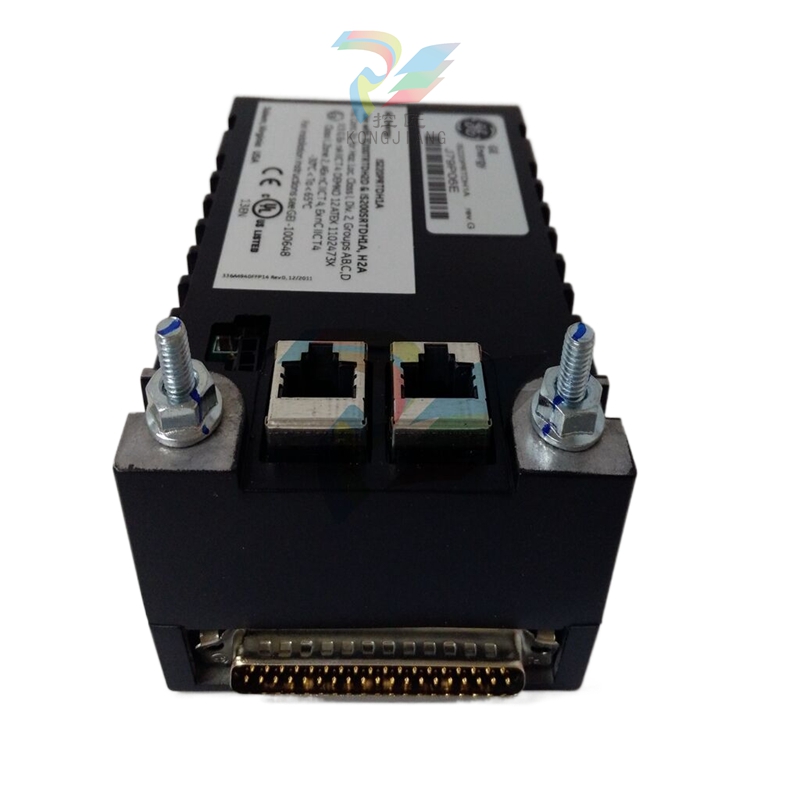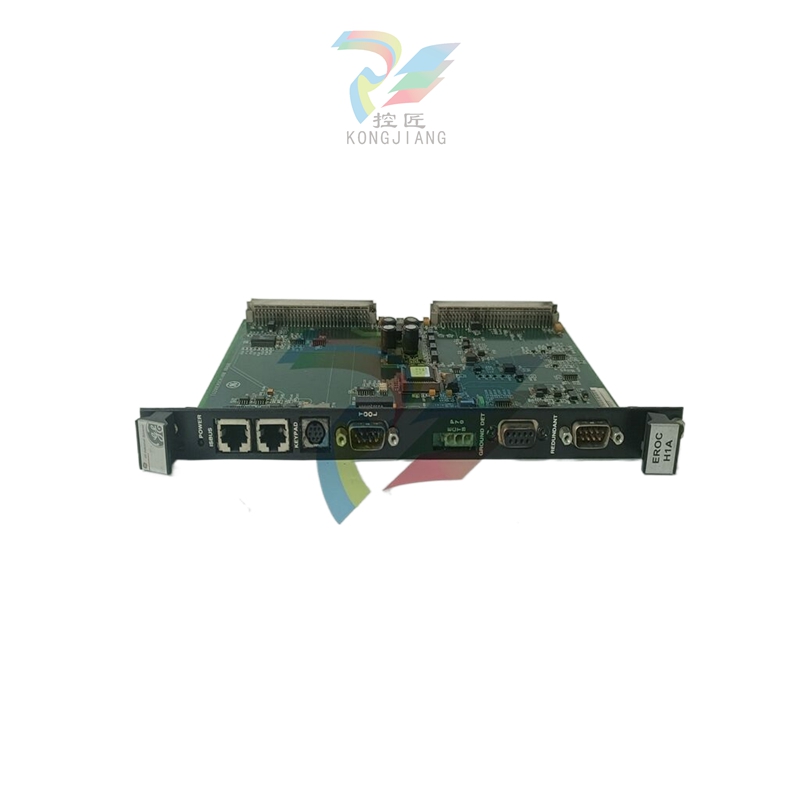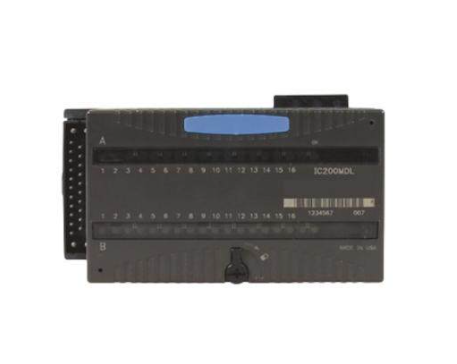The main source of chemical fiber is oil, so some people joke that "this is an era of wearing oil", then what is the past life of chemical fiber?
Since ancient times, human life has been closely related to fiber. 50,000 to 100,000 years ago, with the degradation of body hair, humans began to use natural clothing such as hide, bark and grass leaves to cover the body and keep warm. Later, humans mastered the technology of separating and refining plant fibers.
Ten thousand years ago, humans were able to use sheep hair directly. In the early cultures of China, Egypt and South Africa, there are some records of spinning yarn and weaving cloth from natural fibers, dating back to 3000 BC. Flax, for example, was used in Central Europe as early as the Neolithic Age. Cotton has been used in India as long as linen has been used in Europe.
Silk has been found in China since 2640 BC, and the unearthed cultural relics of the Shang Dynasty prove that a variety of silk has been used in the highly developed weaving technology at that time. Wool was also used in Central Asia at the end of the Neolithic Age. Therefore, it can be said that hemp, cotton, silk and wool, which are now widely used as natural fibers, have been applied worldwide since BC.
Compared with the long history of natural fibers, the history of chemical fibers is still very short.
Although Hook had already proposed the idea of chemical fibers in his book Micrographia in 1664, scientists were at a loss to develop chemical fibers because they could not understand the basic structure of fibers, which led to the realization of this wonderful idea more than 200 years later.
Innovation and the initial stage

Cellulose nitrate
In 1846, the German F. chonbein made cellulose nitrate by treating wood cellulose with nitric acid.
In 1855, G.Audemars obtained the first patent in the history of the world's chemical fibers. He proposed to treat the bast fibers of mulberry branches with nitric acid, dissolve them in a mixture of ether and alcohol, and then draw silk through a steel nozzle.
In 1862, the Frenchman M. Ozanam proposed the idea of using spinneret spinning.
In 1883, the British J. W. wan obtained a patent for spinning with acetic acid solution of nitrocellulose, and then carbonizing to produce incandescent filament. He also believed that this silk could be used for weaving, and called it "rayon".
In the same year, the French Chardonnet obtained the most famous patent for the manufacture of chemical fibers from cellulose nitrate, and in 1891 in Besancon produced nitrate ester fibers (cellulose nitrate fibers) on an industrial scale, which marked the beginning of the industrialization of chemical fibers in the world. Subsequently, various forms of artificial cellulose fibers (including copper ammonia fiber, viscose fiber and acetate fiber) have been developed. However, nitrate ester fiber develops slowly because its textile performance is not as good as viscose fiber.
Copper ammonia fibre
In 1857, the German Schweizer invented the method of preparing copper ammonia cellulose.
In 1890, Despassie proposed a method for preparing cellulose fibers from copper ammonia solution. In Germany, Oberbruch, near Aachen, was the first to produce cellulose fibers by the copper ammonia process, and in 1899, the Glanzstoff company, the predecessor of Enka, was established to realize the industrialization of copper ammonia fibers. Bemberg further developed the copper ammonia process. Copper ammonia fiber can not compete with viscose fiber in cost due to the higher price of copper ammonia as a solvent, so it is only used for a few textiles and artificial kidneys.
glue
In 1891, three Englishmen, C.F. ross, E.J. Evans and C.B. Adle, invented a new method of dissolving cellulose into a solution, the viscose method, and obtained patents in Britain and Germany in 1892. The German company H.V. Dennersmarck obtained a license to use the patent in Central Europe and set up a factory in 1901, but production was not normal until 1910. The rights were purchased by the British Courtaulds company, which first industrialised in 1904, becoming the world's first mass-produced chemical fibre variety. Towards the end of the First World War, staple fibers were produced by cutting viscose filaments.
In 1921, the Premnitz factory in Germany produced viscose staple fibers that could be used for textile purposes. During this period, high-strength viscose filaments for industrial use were also developed.
Acetate fibre
At the same time, in 1869, the German P. Schutzenberger successfully studied the use of acetic anhydride for the acetylation of cellulose on a laboratory scale.

In 1904, the Bayer dye Company applied for a patent for spinning acetate fibers based on the invention of the German A.E. ichengrun, but delayed for more than 20 years before the joint venture of IG-Farbenindustrie and Glanzstoff was put into production in 1926. The United States Cellanese company first realized the industrialization of acetate fiber in 1924. The use of acetate fiber in the textile field is limited to lining cloth and so on, so the development is not fast. But it has been devoted to the material of cigarette filters.
Regenerated protein fibre
Since the early 20th century, various regenerated protein fibers have also appeared.
- EMERSON
- Honeywell
- CTI
- Rolls-Royce
- General Electric
- Woodward
- Yaskawa
- xYCOM
- Motorola
- Siemens
- Rockwell
- ABB
- B&R
- HIMA
- Construction site
- electricity
- Automobile market
- PLC
- DCS
- Motor drivers
- VSD
- Implications
- cement
- CO2
- CEM
- methane
- Artificial intelligence
- Titanic
- Solar energy
- Hydrogen fuel cell
- Hydrogen and fuel cells
- Hydrogen and oxygen fuel cells
- tyre
- Chemical fiber
- dynamo
- corpuscle
- Pulp and paper
- printing
- fossil
- FANUC
- Food and beverage
- Life science
- Sewage treatment
- Personal care
- electricity
- boats
- infrastructure
- Automobile industry
- metallurgy
- Nuclear power generation
- Geothermal power generation
- Water and wastewater
- Infrastructure construction
- Mine hazard
- steel
- papermaking
- Natural gas industry
- Infrastructure construction
- Power and energy
- Rubber and plastic
- Renewable energy
- pharmacy
- mining
- Plastic industry
- Schneider
- Kongsberg
- NI
- Wind energy
- International petroleum
- International new energy network
- gas
- WATLOW
- ProSoft
- SEW
- wind
- ADVANCED
- Reliance
- YOKOGAWA
- TRICONEX
- FOXBORO
- METSO
- MAN
- Advantest
- ADVANCED
- ALSTOM
- Control Wave
- AB
- AMAT
- STUDER
- KONGSBERG
- MOTOROLA
- DANAHER MOTION
- Bently
- Galil
- EATON
- MOLEX
- Triconex
- DEIF
- B&W
- ZYGO
- Aerotech
- DANFOSS
- KOLLMORGEN
- Beijer
- Endress+Hauser
- MOOG
- KB
- Moxa
- Rexroth
- YAMAHA
- Johnson
- Westinghouse
- WAGO
- TOSHIBA
- TEKTRONIX


Email:wang@kongjiangauto.com

















































































































